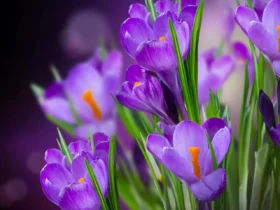In the world of flowers, few can captivate as effortlessly as the Russian Violet. With its delicate petals and charming fragrance, this blossom has long been cherished by gardening enthusiasts and flower enthusiasts alike. The Russian Violet, scientifically known as Viola x ‘Russkiy Malchik,’ is a captivating perennial that adds a touch of elegance to any garden or floral arrangement. Let us delve into the enchanting beauty of this remarkable flower.
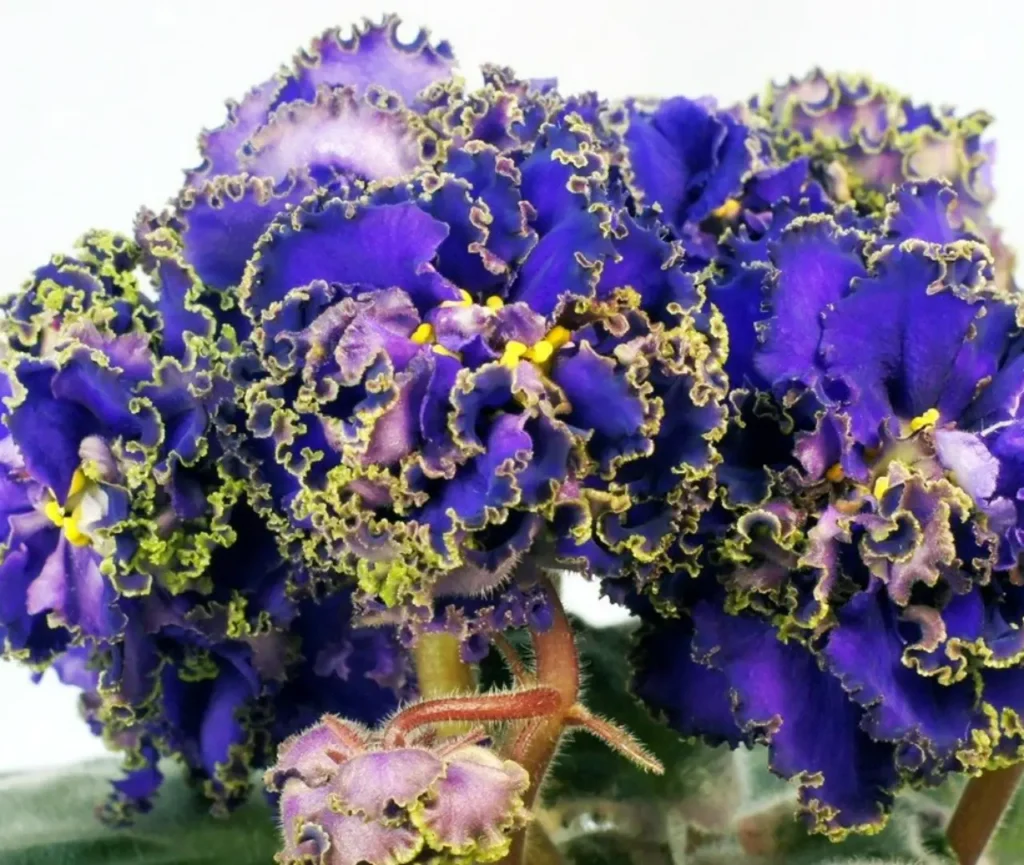
Origin and History
The Russian Violet has its roots in Russia, as its name suggests. It is believed to have originated in the 19th century when it was first discovered as a natural hybrid of various Viola species. Over time, this flower gained popularity in European gardens due to its striking beauty and adaptability to different climates.
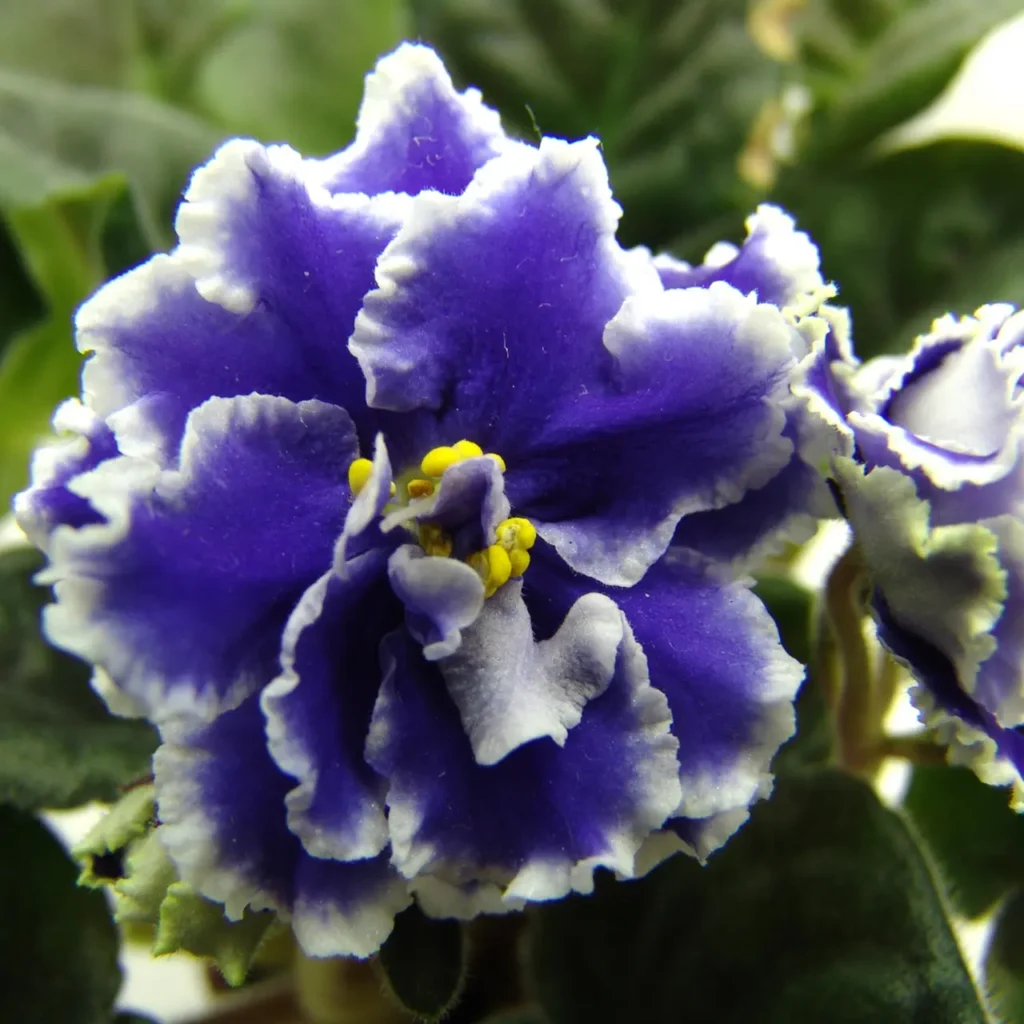
Appearance and Characteristics
The Russian Violet boasts stunning features that make it instantly recognizable. Its flowers are relatively large for a viola, measuring approximately 2 inches (5 cm) in diameter. The petals are velvety and come in various shades of purple, lavender, and blue. The rich color palette of the Russian Violet adds depth and vibrancy to any garden bed or floral arrangement.
This perennial plant typically grows to a height of 6 to 8 inches (15 to 20 cm) and spreads outward to form a compact mound. Its foliage consists of heart-shaped, medium-green leaves that provide an attractive backdrop for the blossoms. The plant’s overall growth habit is neat and tidy, making it an ideal choice for edging flower beds, containers, or rock gardens.
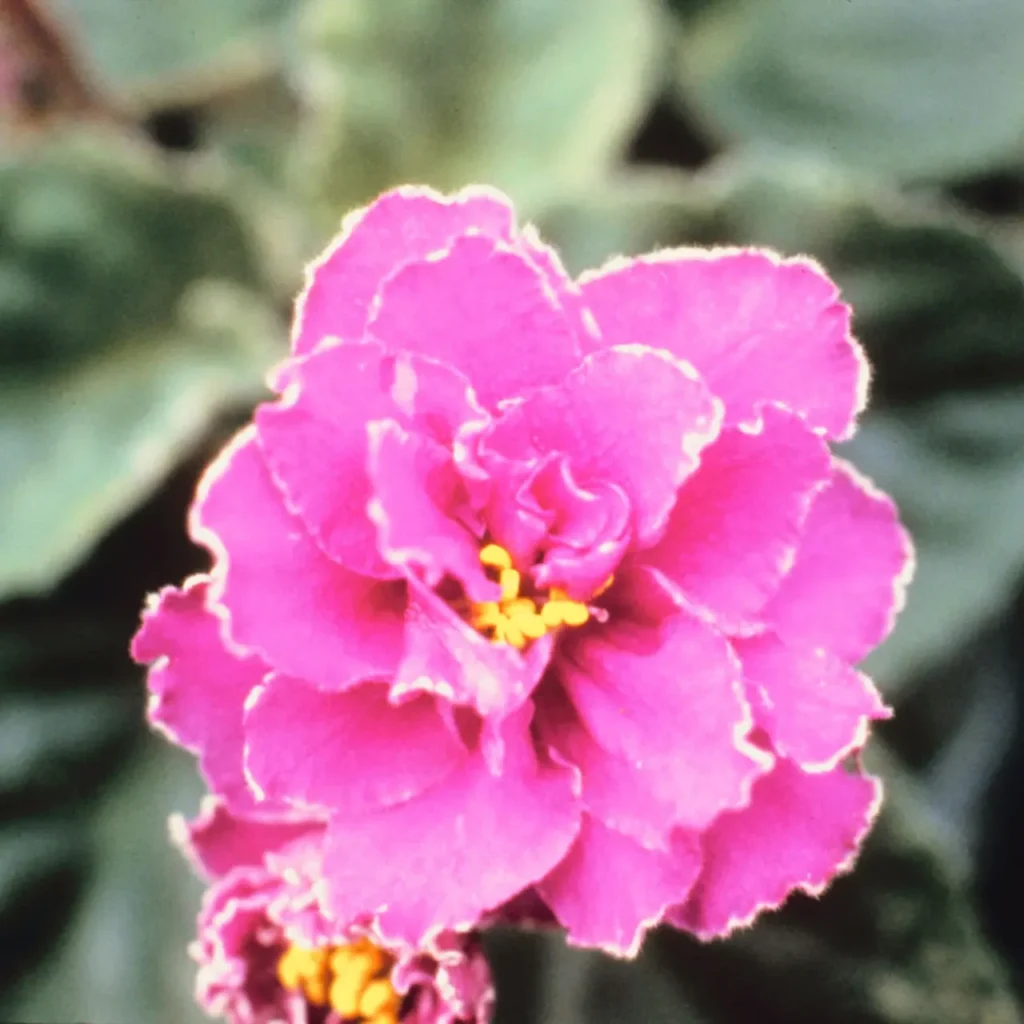
Cultivation and Care
The Russian Violet is a relatively low-maintenance flower, making it a favorite among both experienced and novice gardeners. Here are some essential tips for cultivating and caring for this enchanting plant:
- Sunlight and Soil: Russian Violets thrive in partial shade or dappled sunlight, although they can tolerate full sun in cooler climates. They prefer moist, well-draining soil with a slightly acidic to neutral pH.
- Watering: Regular watering is crucial for the Russian Violet, particularly during hot and dry periods. Keep the soil consistently moist but not waterlogged to prevent root rot.
- Fertilization: Apply a balanced, slow-release fertilizer in early spring to promote healthy growth and abundant blooms. Follow the manufacturer’s instructions for application rates.
- Pruning: To encourage continuous blooming and maintain the plant’s shape, deadhead spent flowers regularly. Additionally, trim back any leggy or overgrown stems to promote compact growth.
- Winter Care: In colder regions, the Russian Violet may benefit from a layer of mulch around the base to protect it from frost. Ensure the plant receives adequate airflow to prevent rotting.
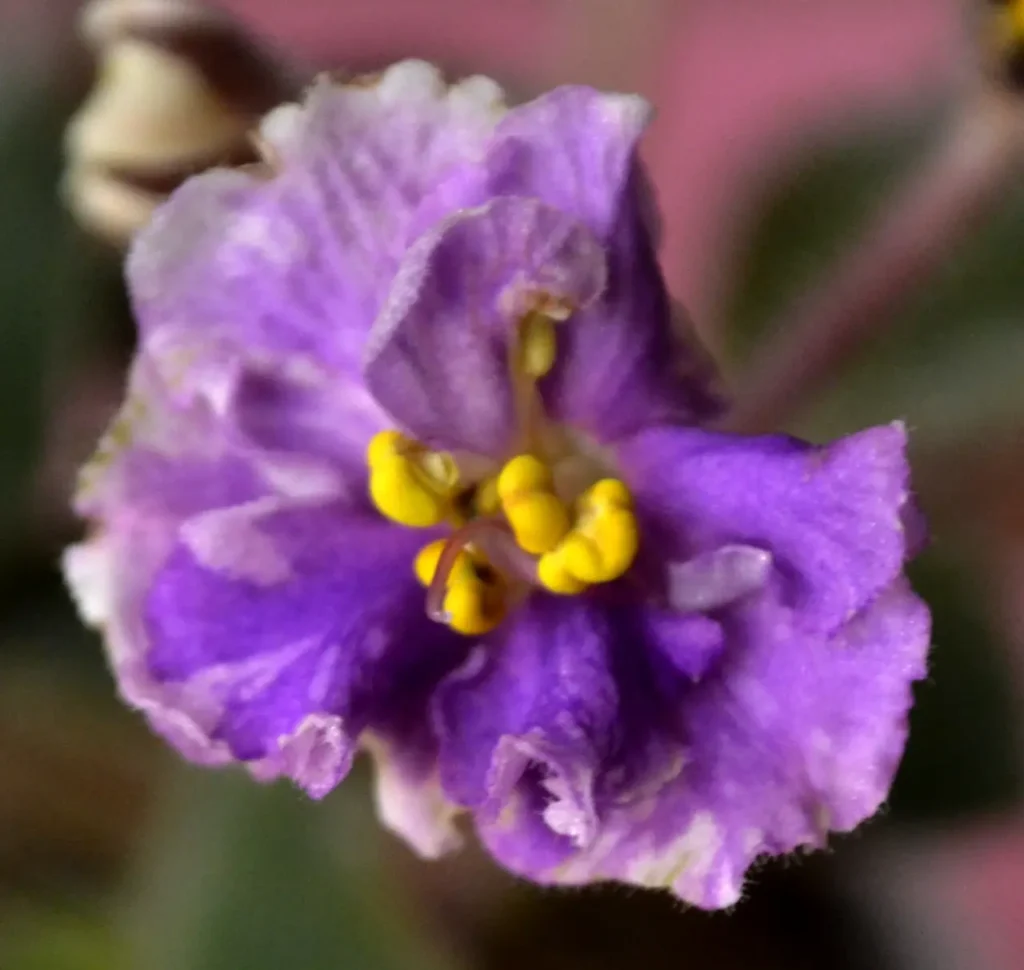
Uses and Symbolism
Apart from its sheer beauty, the Russian Violet holds symbolic value in various cultures. Violets, in general, are often associated with love, faithfulness, and loyalty. In the language of flowers, the Russian Violet is said to represent delicate love and affection.
Gardeners and floral enthusiasts adore the Russian Violet for its versatility. Its vibrant blossoms make eye-catching additions to floral arrangements, adding a touch of elegance and sophistication. The flowers can be used as cut flowers or enjoyed in container plantings, hanging baskets, or window boxes.
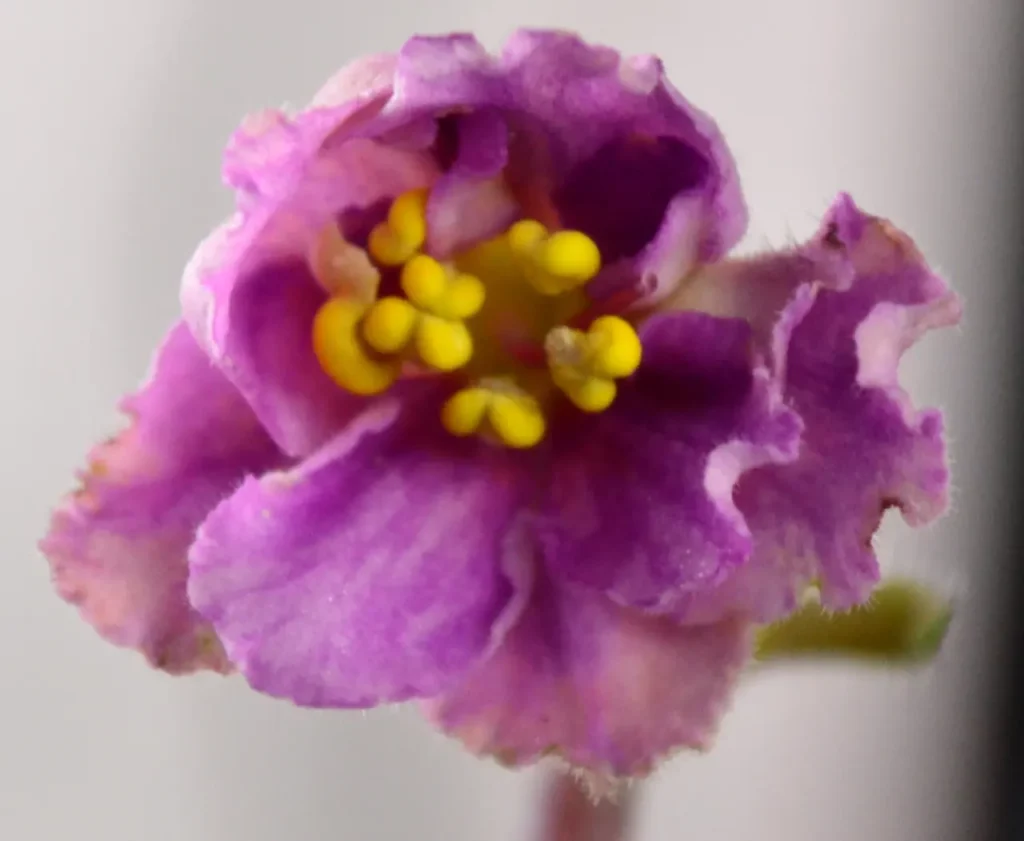
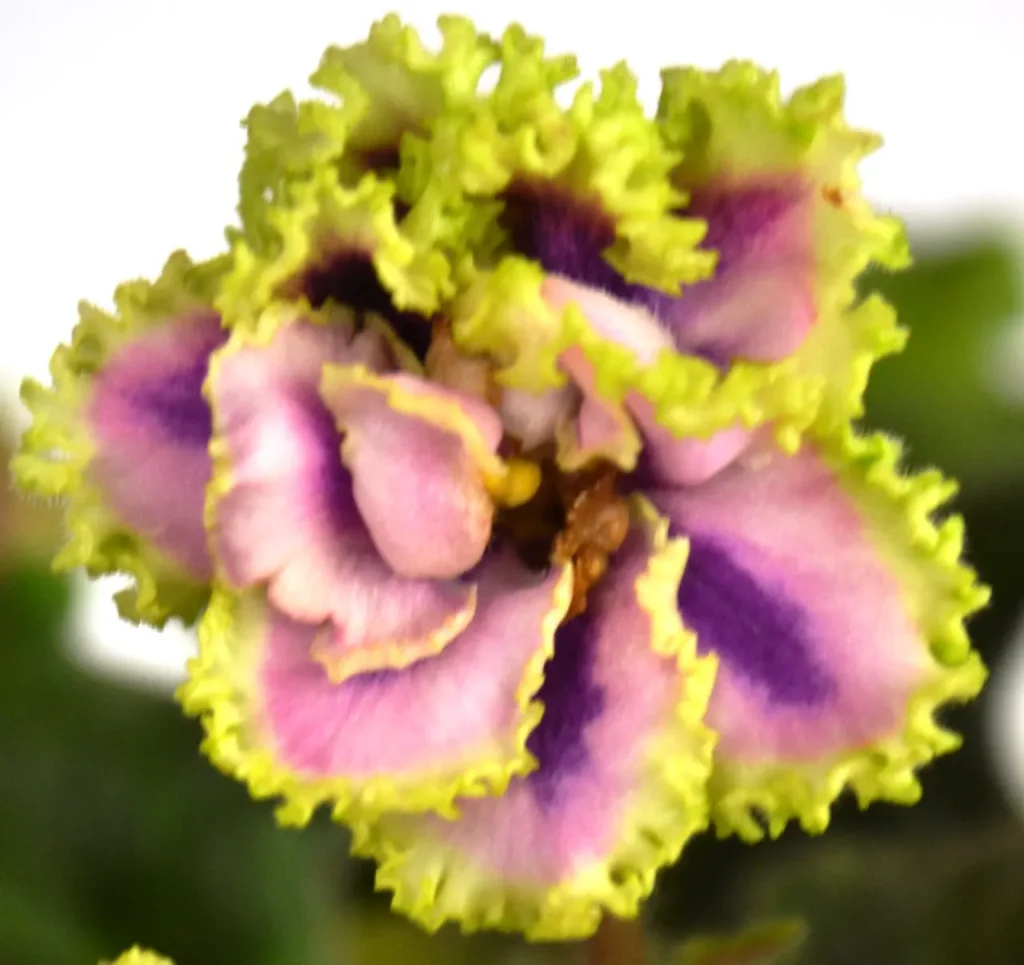
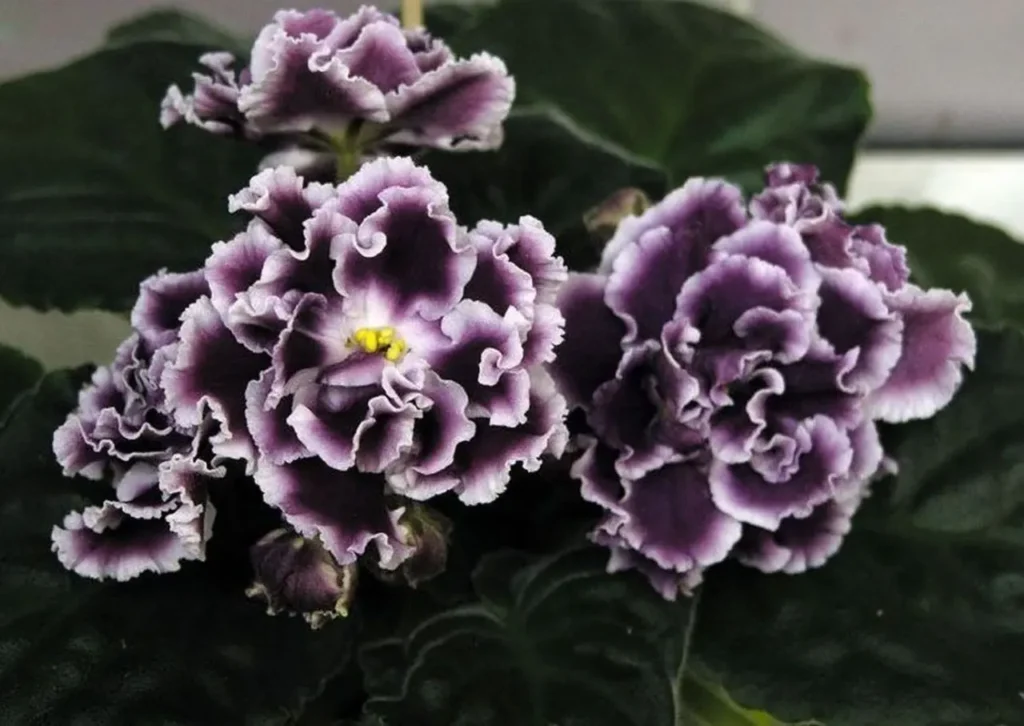
Final Thoughts
The Russian Violet is an exquisite flower that enchants with its mesmerizing beauty. Its vibrant petals, delicate fragrance, and compact growth make it a delightful addition to any garden or floral display. Whether you’re a seasoned gardener or a flower lover looking to add a touch of grace to your surroundings, the Russian Violet is sure to captivate your heart and evoke a sense of wonder with its alluring charm.
